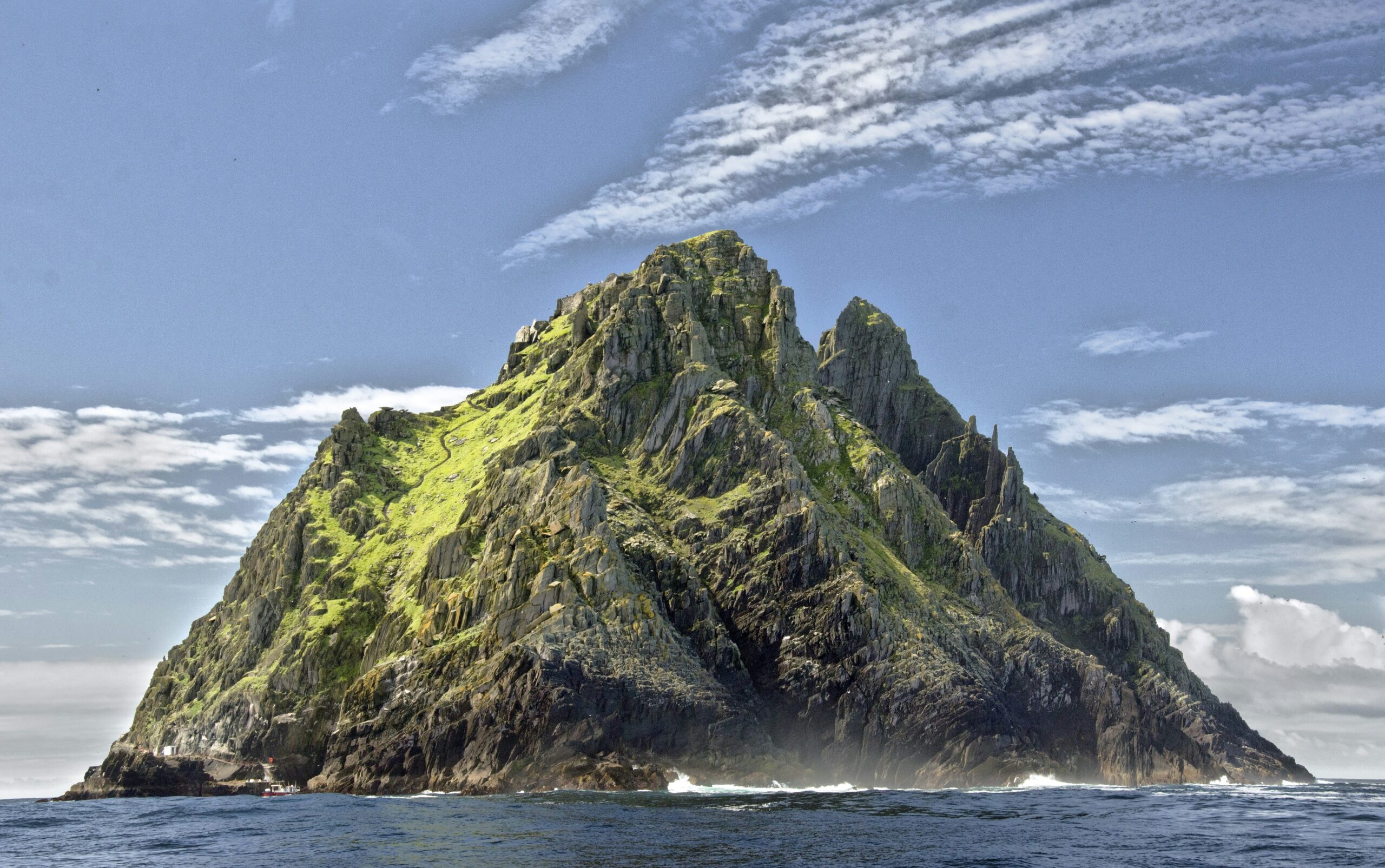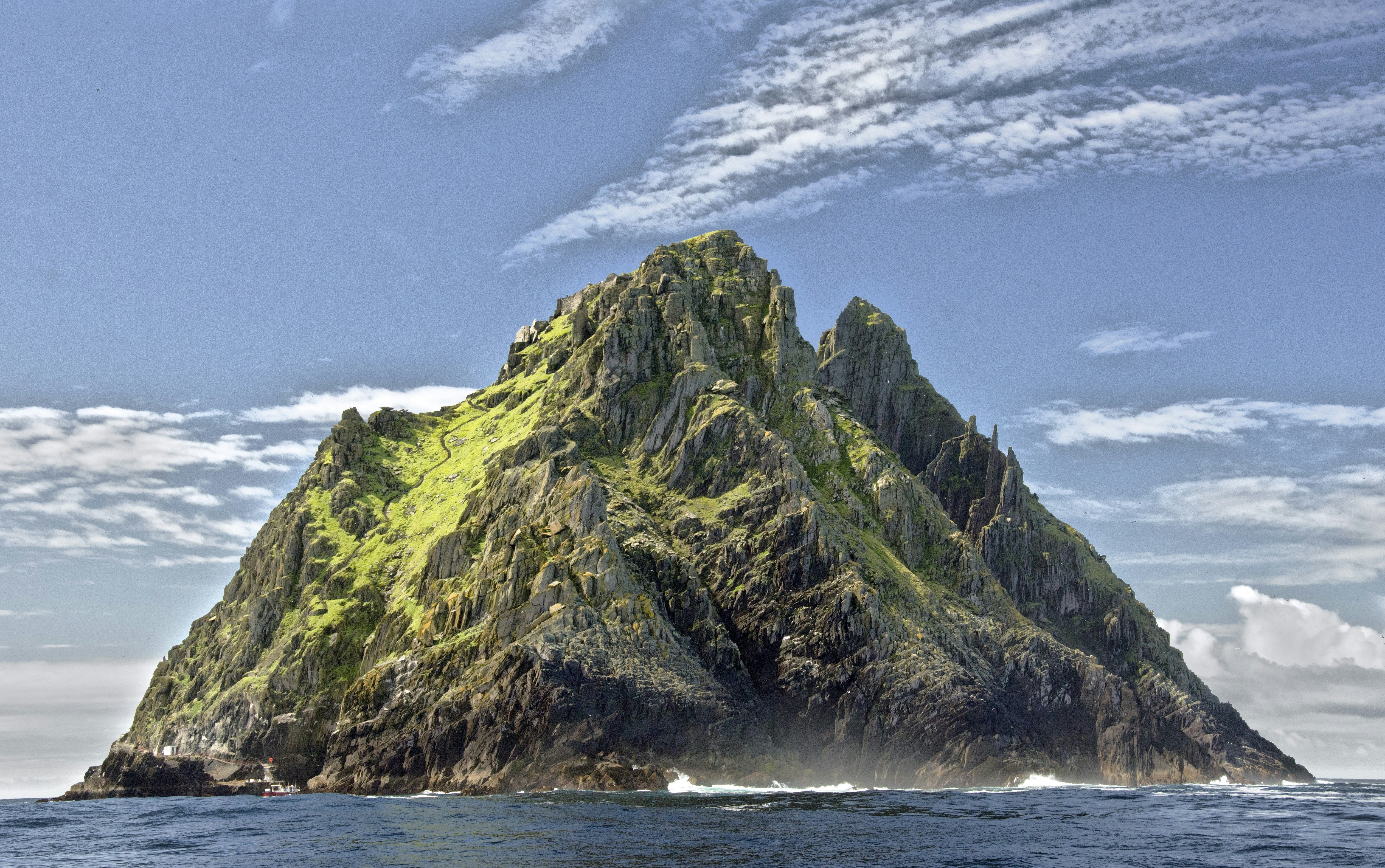Introduction to Rottnest Island
Rottnest Island, situated off the coast of Western Australia, stands as a premier ecotourism destination known for its pristine natural beauty and unique ecosystem. Located approximately 19 kilometers west of Fremantle, the island spans an area of about 19 square kilometers. This idyllic island is renowned for its crystal-clear waters, picturesque beaches, and an array of outdoor activities, making it a favored spot for nature enthusiasts and adventure seekers alike.
One of the most captivating aspects of Rottnest Island is its diverse wildlife. The island is home to the Quokka, an endearing marsupial that has captured the hearts of visitors from around the globe. These small, furry creatures are often spotted hopping around the island, contributing significantly to its charm. In addition to Quokkas, Rottnest Island boasts a variety of bird species, marine life, and native vegetation, offering a rich tapestry of biodiversity for visitors to explore.
Rottnest Island’s commitment to conservation is evident through its robust environmental management practices. The island’s authorities have implemented numerous measures to ensure the preservation of its natural habitats and the protection of its wildlife. These efforts include initiatives to control invasive species, restore native plant communities, and promote sustainable tourism practices.
Beyond its ecological significance, Rottnest Island is also notable for its historical and cultural heritage. The island has a rich Indigenous history and has served various roles over the centuries, including as a military installation and a colonial settlement. Today, remnants of this history are preserved in several heritage sites and museums, offering visitors a glimpse into the island’s past.
In essence, Rottnest Island is a microcosm of Western Australia’s natural splendor and ecological diversity. Its enchanting landscapes, coupled with a strong emphasis on conservation, make it an exemplary model of ecotourism. Whether one is drawn to its tranquil beaches, unique wildlife, or rich cultural history, a visit to Rottnest Island promises an enriching and memorable experience.
Flora and Fauna
Rottnest Island is a treasure trove of biodiversity, boasting a range of unique ecosystems that contribute to its rich flora and fauna. The island’s landscape is adorned with coastal dunes, salt lakes, and woodlands, each hosting a variety of plant species. Native flora such as Rottnest Island daisy and coastal rosemary thrive in these distinctive habitats, creating a vibrant tapestry of green and gold hues against the island’s sandy backdrop.
The flora is complemented by an equally impressive array of fauna. The island is perhaps best known for its iconic quokkas. These small marsupials, often referred to as the “world’s happiest animals” due to their seemingly smiling faces, are a major draw for visitors. Quokkas are not only endearing but also play a crucial role in the island’s ecosystem by aiding in seed dispersal and maintaining the health of native plants.
In addition to quokkas, Rottnest Island is home to a variety of other native animals. Ospreys, majestic birds of prey, can often be seen soaring above the coastline, while the island’s marine life includes an array of vibrant coral reefs and a multitude of fish species. The underwater world surrounding Rottnest Island is a haven for snorkelers and divers, offering glimpses of sea turtles, dolphins, and occasionally, migrating humpback whales.
The preservation of these natural habitats is of paramount importance. Efforts to protect and conserve Rottnest Island’s unique biodiversity are ongoing, with initiatives aimed at maintaining the delicate balance of its ecosystems. Visitors are encouraged to engage in responsible ecotourism practices, ensuring that the island’s flora and fauna continue to thrive for future generations to enjoy. Through a combination of sustainable tourism and dedicated conservation efforts, Rottnest Island remains a pristine sanctuary for Australia’s natural heritage.
Sustainable Tourism Practices
Rottnest Island stands as a beacon of sustainable tourism, meticulously balancing visitor enjoyment with ecological preservation. The island has implemented a range of initiatives to ensure that its natural beauty remains unspoiled. Waste management is a critical component of these efforts, with comprehensive recycling programs and waste reduction strategies in place. Visitors are encouraged to minimize their waste, with numerous recycling stations conveniently located across the island.
Water conservation is another cornerstone of Rottnest Island’s sustainability strategy. Given the limited freshwater resources on the island, the use of desalination plants and rainwater harvesting systems ensures that water use is both efficient and environmentally sound. Tourists are reminded to conserve water through various educational campaigns and signage around the island.
Renewable energy sources are prominently utilized to reduce the island’s carbon footprint. Solar panels and wind turbines contribute significantly to the island’s energy needs, reducing reliance on fossil fuels. These renewable energy projects not only power the island but also serve as educational tools, showcasing the benefits of sustainable energy to visitors.
Eco-friendly accommodations are available throughout Rottnest Island, offering tourists the chance to enjoy their stay while minimizing their environmental impact. These accommodations often feature energy-efficient designs, sustainable materials, and eco-certifications. Guided tours are also designed with sustainability in mind, often conducted by trained local guides who emphasize the importance of preserving the island’s natural habitat.
Educational programs for tourists are an integral part of the island’s sustainable tourism practices. These programs aim to raise awareness about the local ecosystem, the importance of conservation, and how visitors can contribute to maintaining Rottnest Island’s ecological balance. Workshops, informational displays, and interactive sessions provide valuable insights into the island’s environmental efforts.
The role of local communities and organizations in maintaining Rottnest Island’s ecological balance cannot be overstated. Community involvement is encouraged through various volunteer programs and conservation projects. Local organizations often collaborate with the island’s management to develop and implement sustainability initiatives, ensuring that conservation efforts are both effective and community-driven.
Outdoor Activities and Adventures
Rottnest Island offers a plethora of outdoor activities that align seamlessly with ecotourism principles, providing visitors with opportunities to immerse themselves in the island’s natural beauty while upholding a commitment to sustainability. One of the premier activities on Rottnest Island is snorkeling. The island is blessed with pristine waters, home to colorful coral reefs and abundant marine life. Snorkeling allows visitors to witness this underwater spectacle without disturbing the delicate ecosystems. Popular snorkeling spots like Little Parakeet Bay and Parker Point are teeming with marine biodiversity, making them perfect for eco-conscious adventurers.
For those seeking deeper underwater exploration, scuba diving is another excellent option. Rottnest Island boasts several dive sites, including the popular Fish Hook Bay and Crystal Palace. These sites offer divers the chance to explore shipwrecks, underwater caves, and vibrant coral formations. Scuba diving on Rottnest Island is conducted with strict adherence to environmental guidelines, ensuring minimal impact on marine life and habitats.
On land, cycling is a favored mode of transport and adventure, perfectly suited to the island’s ethos of sustainability. The island is car-free, which not only preserves its tranquil environment but also encourages visitors to rent bicycles and traverse its scenic routes. With over 22 kilometers of cycling paths, tourists can explore Rottnest Island at their own pace, soaking in the breathtaking coastal views, native flora, and fauna.
Hiking enthusiasts will find numerous trails that showcase the island’s diverse landscapes. The Wadjemup Bidi network comprises five trails, each offering unique perspectives of Rottnest Island’s natural wonders. These trails range from easy walks to more challenging hikes, catering to all fitness levels. The network is designed to educate hikers about the island’s ecology, indigenous heritage, and conservation efforts, reinforcing the principles of ecotourism.
By engaging in these outdoor activities, visitors can fully appreciate Rottnest Island’s natural beauty while minimizing their environmental footprint. Each adventure is a step towards sustainable tourism, allowing future generations to enjoy this magnificent island.
Cultural and Historical Significance
Rottnest Island, or Wadjemup as it is known to the Noongar people, holds profound cultural and historical significance. The Noongar people, the traditional custodians of the land, have a deep spiritual connection to the island. Indigenous heritage is woven into the fabric of Rottnest, with its ancient stories and sacred sites providing a poignant narrative of the island’s past. Rock formations, traditional hunting grounds, and ceremonial sites speak to the enduring presence and traditions of the Aboriginal peoples.
In addition to its Indigenous heritage, Rottnest Island bears the marks of European settlement. The island’s historical landmarks, such as the Rottnest Island Penal Colony, serve as a somber reminder of its use as a prison for Aboriginal men during the 19th century. The Quod, the former prison, stands as a poignant symbol of this dark chapter in history. Efforts to preserve these sites offer a dual purpose: honoring the memory of the individuals who endured hardship and educating the public about this significant period.
The island’s military history is also notable. During World War II, Rottnest Island was fortified as part of Australia’s coastal defense system. Military installations, including gun emplacements and watchtowers, remain scattered across the island. These remnants provide a tangible connection to the past and serve as important historical landmarks for visitors to explore.
The interplay between cultural preservation and environmental conservation on Rottnest Island is a delicate balance. The island’s management prioritizes protecting both its rich heritage and its unique ecosystem. This integrated approach ensures that while the island’s history is respected and maintained, its natural beauty and biodiversity are equally preserved for future generations. The commitment to safeguarding both cultural and natural assets highlights the importance of sustainable tourism, fostering a deeper appreciation and understanding of Rottnest Island’s multifaceted significance.
Planning Your Eco-Friendly Visit
When planning an eco-friendly visit to Rottnest Island, several strategies can help minimize your environmental footprint. Firstly, consider eco-friendly transportation options. The island is easily accessible by ferry, with operators offering environmentally-conscious services. Once on the island, opt for bicycles or electric vehicles, which are available for rent and significantly reduce carbon emissions.
Packing responsibly is another crucial aspect of sustainable travel. Bring reusable items such as water bottles, shopping bags, and utensils to reduce single-use plastic waste. Additionally, pack eco-friendly toiletries and sunscreens that do not harm marine life, ensuring the beauty of Rottnest Island is preserved for future generations.
Accommodation choices play a vital role in maintaining the island’s ecological balance. Look for eco-conscious accommodations that implement sustainable practices, such as energy-efficient lighting, water-saving fixtures, and waste reduction programs. Many lodgings on Rottnest Island adhere to these principles, making it easier for you to stay green while enjoying your visit.
While exploring Rottnest Island, consider booking eco-tours that prioritize conservation and education. These tours not only provide an immersive experience but also support local efforts to protect the island’s unique ecosystem. Tour operators often collaborate with conservation groups, ensuring that a portion of their proceeds is reinvested into environmental preservation projects.
Visitors can also contribute to the island’s conservation efforts in various ways. Participate in volunteer programs that focus on habitat restoration, wildlife monitoring, and beach clean-ups. These activities not only enhance the natural beauty of the island but also offer a rewarding experience, fostering a deeper connection with nature.
By adopting these sustainable practices, visitors can ensure that their trip to Rottnest Island is not only enjoyable but also environmentally responsible. Through conscientious planning and active participation in conservation efforts, we can all play a part in preserving this stunning ecotourism hotspot for generations to come.
Enter your email to get the Latest Updated Exploring News and Topics







